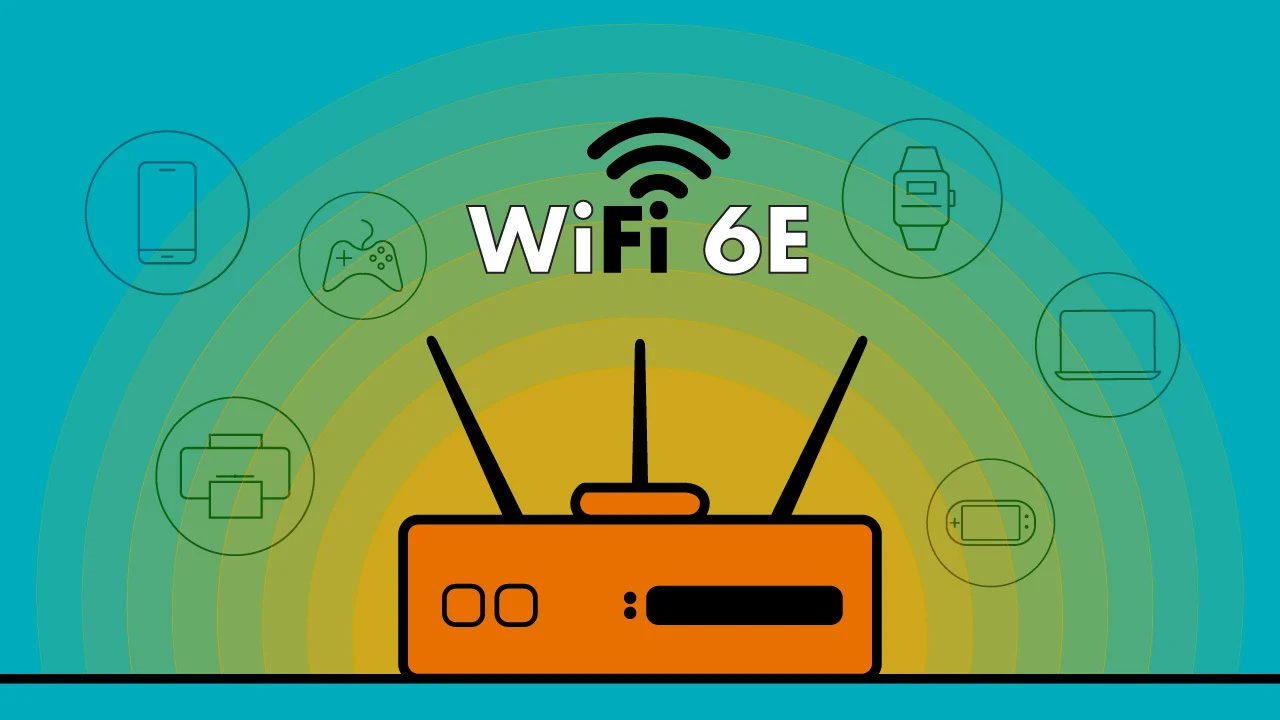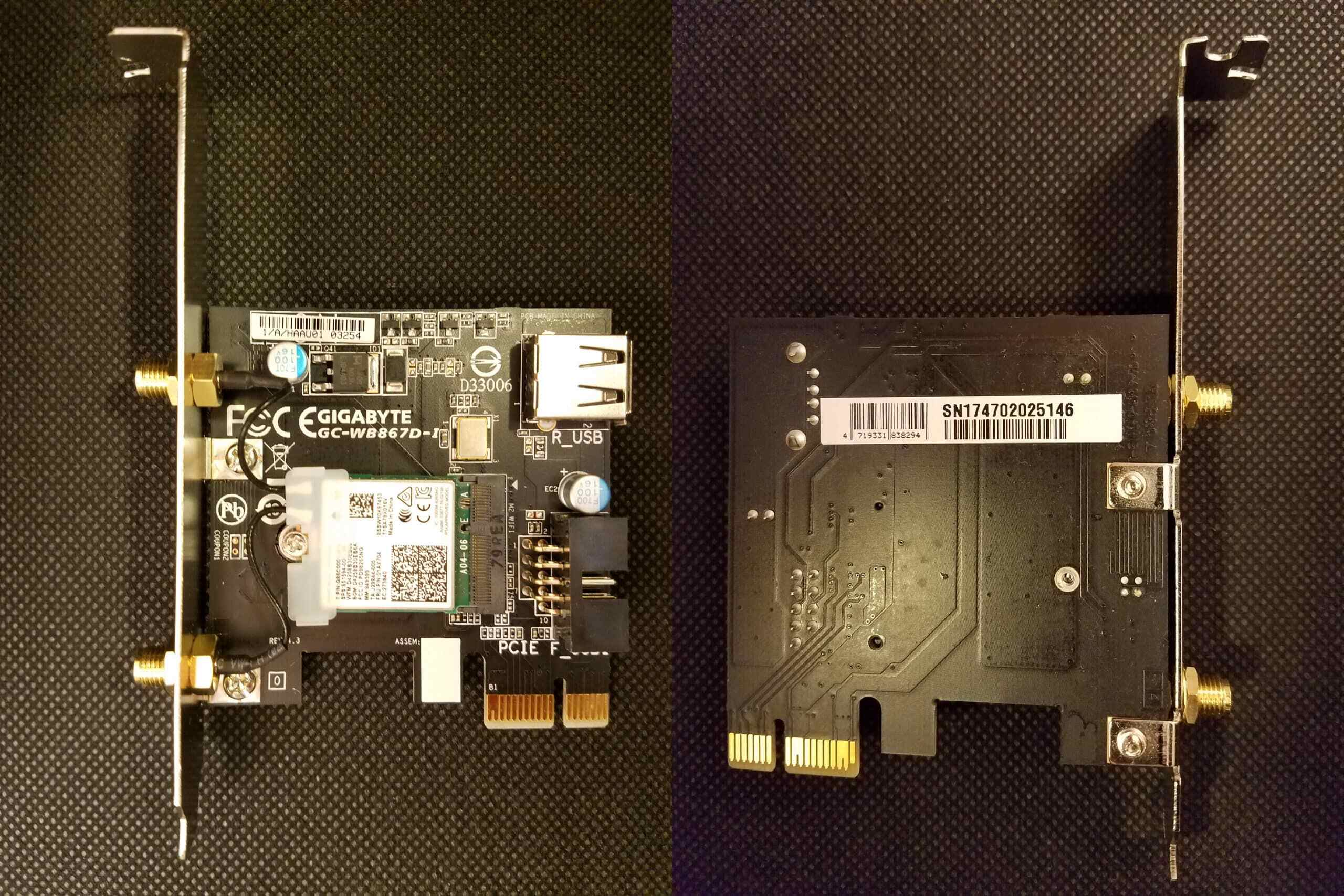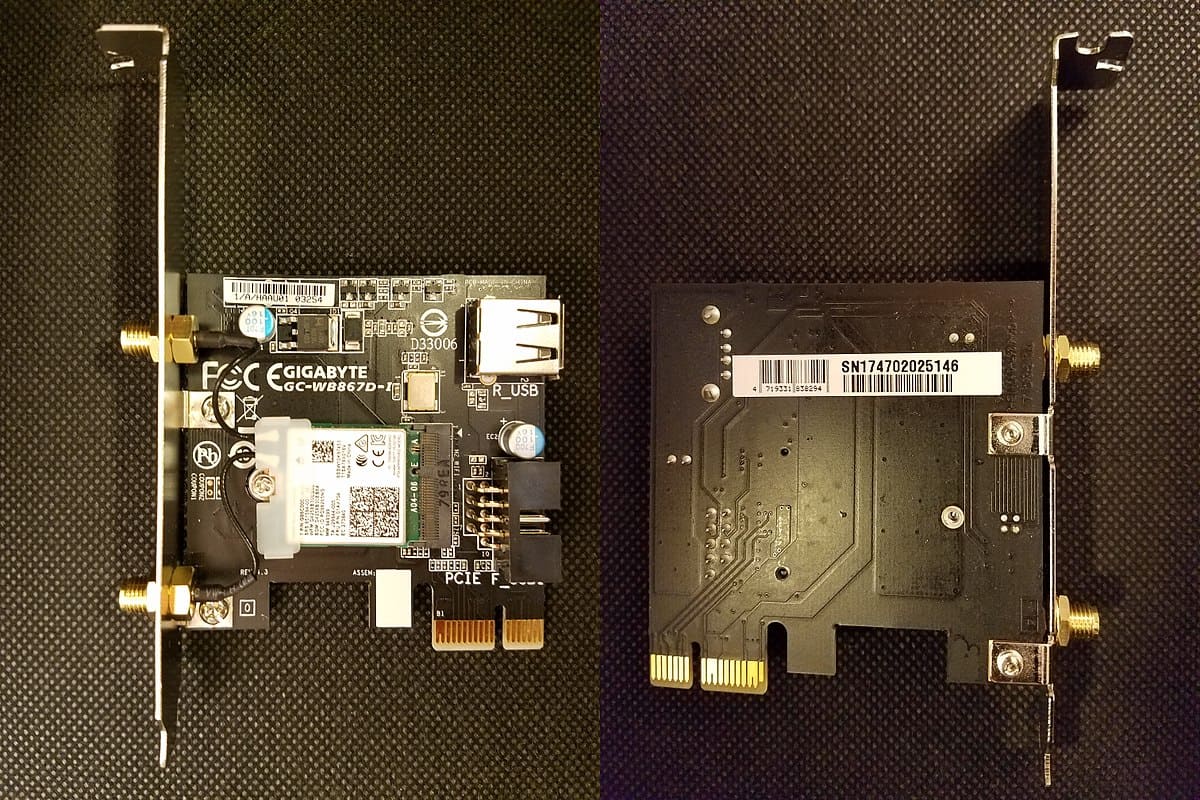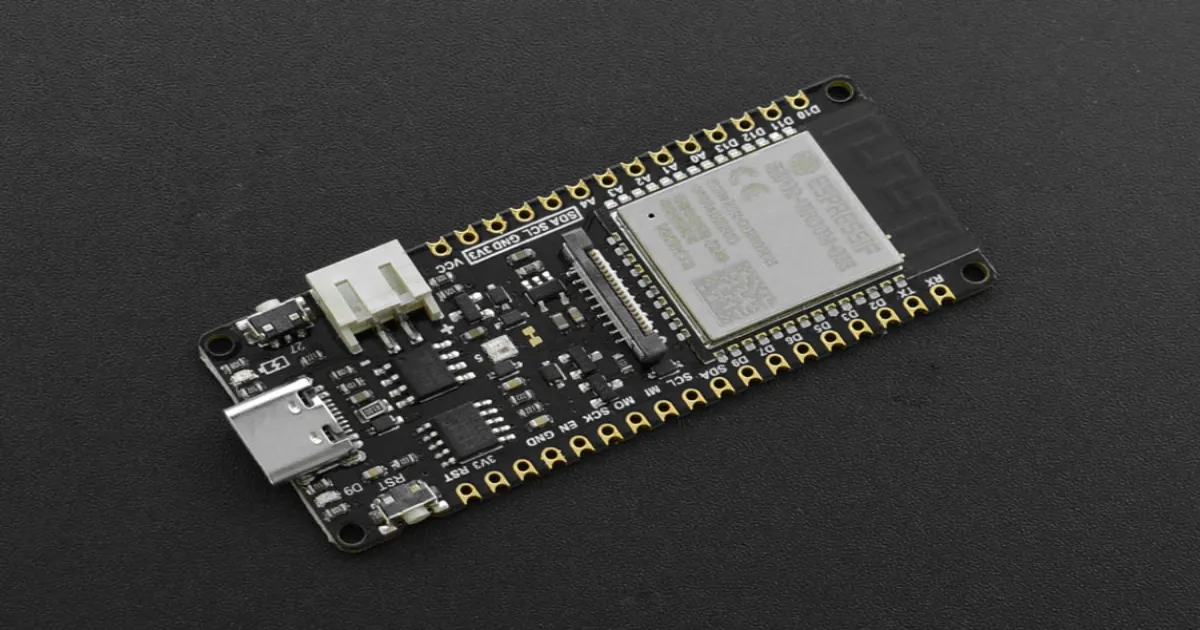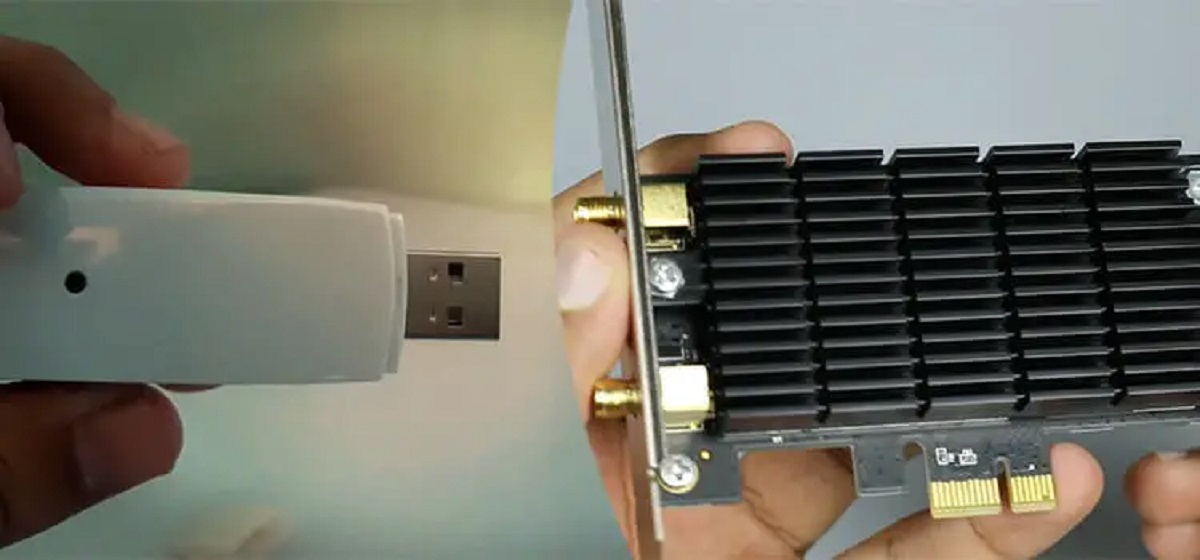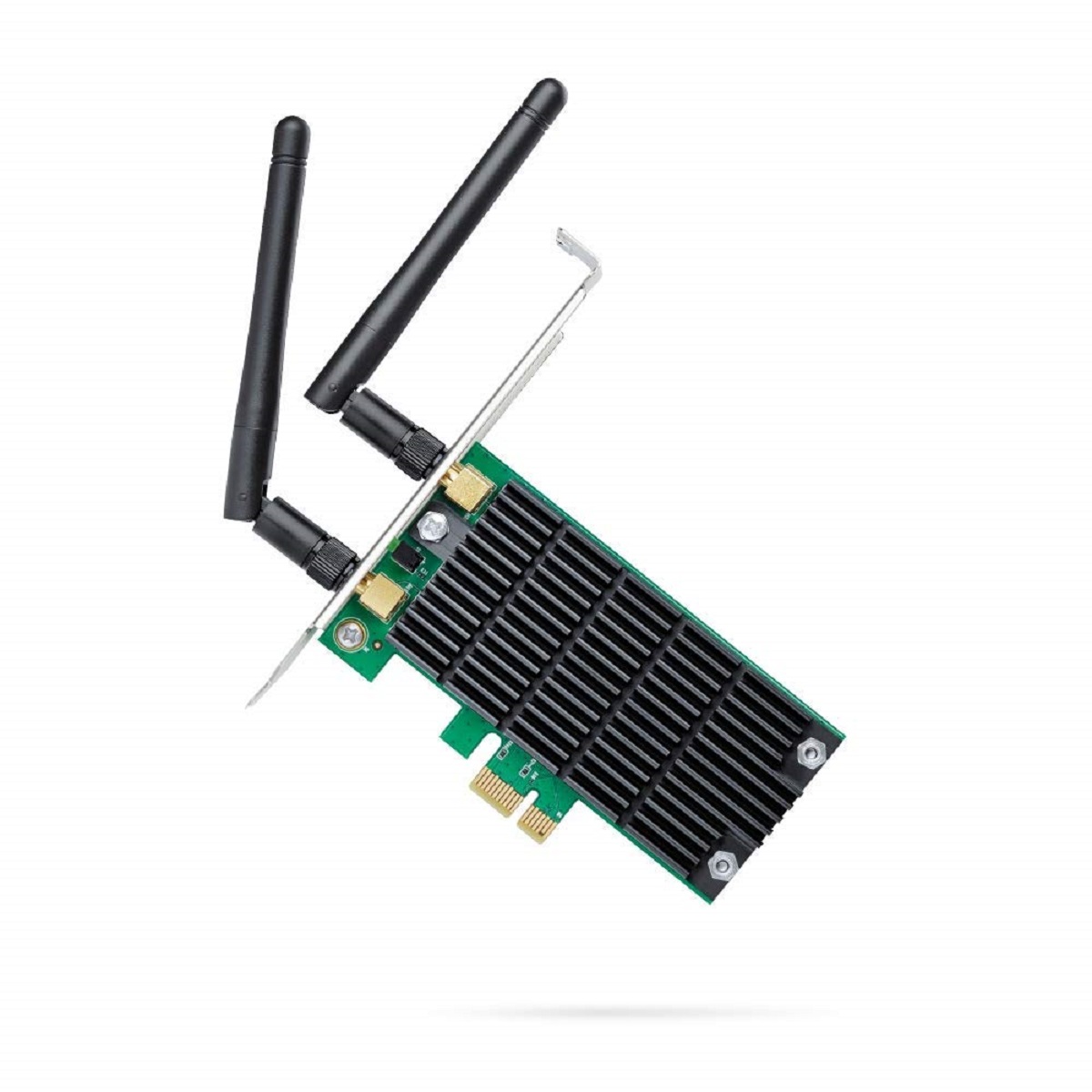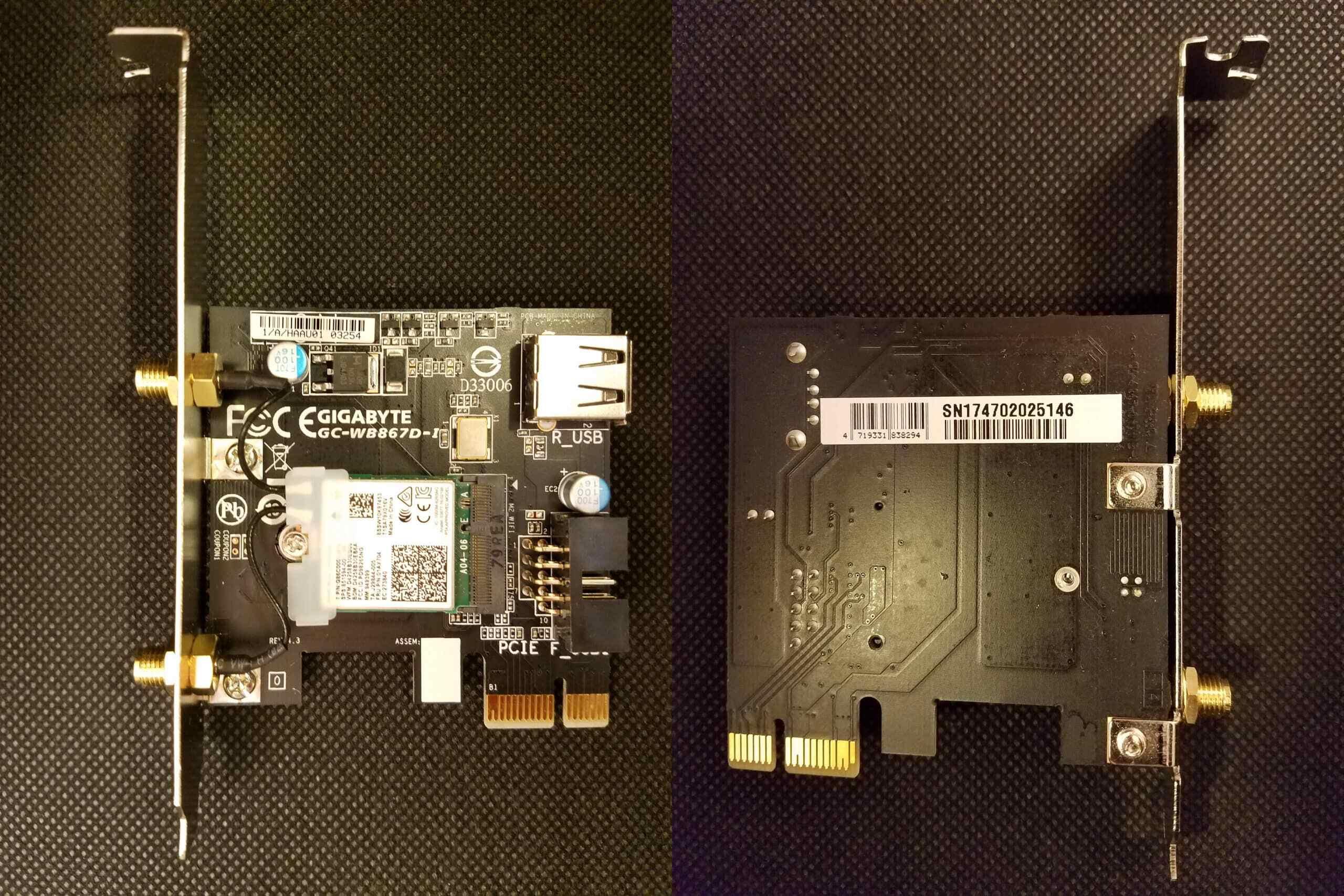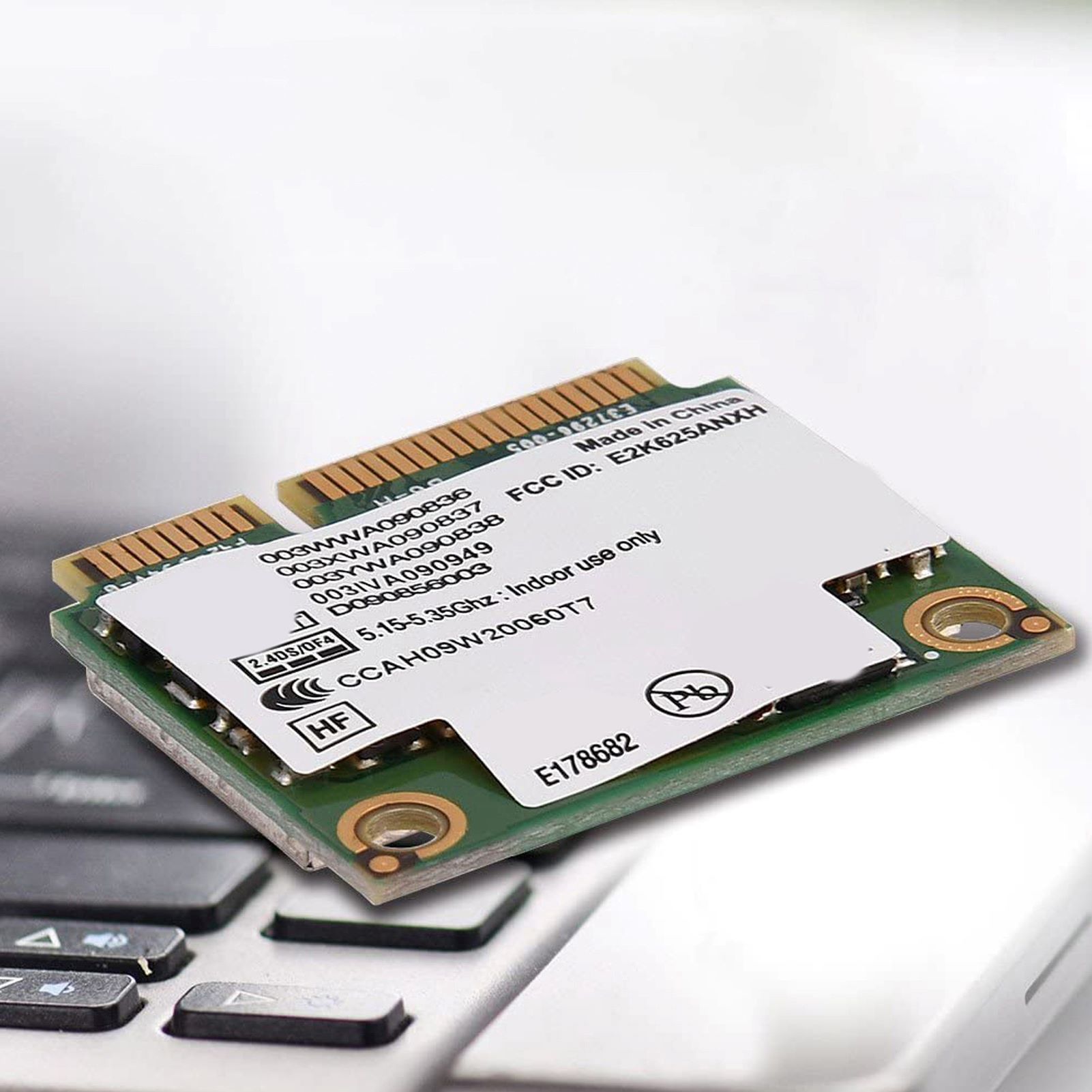Introduction
With the growing demand for faster and more reliable wireless connectivity, advancements in WiFi technology are continually being made. One such development is the introduction of 6E WiFi, which promises to revolutionize our wireless networking experience.
6E WiFi, also known as Wi-Fi 6E or WiFi 6 Extended, takes the existing WiFi 6 standard to a whole new level. It utilizes the 6 GHz frequency band, providing an expansive range of untapped spectrum that can be used for high-speed wireless communication.
By leveraging this additional spectrum, 6E WiFi is capable of delivering significant performance enhancements, making it ideal for bandwidth-intensive applications such as online gaming, 4K video streaming, and virtual reality experiences. In essence, 6E WiFi brings faster speeds, lower latency, and improved network capacity to users’ devices.
This next-generation wireless technology is set to address the ever-increasing demand for connectivity and overcome the limitations of previous WiFi versions. It offers an array of exciting features that promise to significantly enhance the user experience and open up new possibilities for a wide range of industries and applications.
The purpose of this article is to provide a comprehensive overview of 6E WiFi, exploring its key features, advantages, and potential applications. Additionally, we will compare it with previous WiFi versions and delve into the regulatory and spectrum considerations that come with its deployment. So, let’s dive in and discover the future of wireless connectivity with 6E WiFi.
Definition of 6E WiFi
6E WiFi, also known as Wi-Fi 6E or WiFi 6 Extended, is an advanced version of WiFi 6 that utilizes the 6 GHz frequency band for wireless communication. It is designed to provide faster speeds, lower latency, and improved network capacity compared to previous WiFi versions.
Traditionally, WiFi networks have operated within the 2.4 GHz and 5 GHz frequency bands. However, these frequency bands have become crowded with an increasing number of devices competing for the limited available spectrum. This congestion can result in decreased network performance and slower data transfer speeds.
6E WiFi addresses this issue by utilizing the relatively unused 6 GHz frequency band, which provides a substantial amount of additional spectrum for wireless communication. This expanded spectrum allows for wider channel bandwidths and provides more available channels, reducing interference and congestion.
By operating in the 6 GHz band, 6E WiFi can deliver faster data rates and lower latency, enabling smoother and more responsive wireless connections. This makes it particularly beneficial for applications that require high bandwidth, such as streaming high-definition content, online gaming, and large file transfers.
To support 6E WiFi, devices need to be equipped with appropriate hardware, including compatible routers and client devices. While WiFi 6E is backward compatible with older WiFi standards, devices that are not specifically designed for the 6 GHz band will not be able to take full advantage of the enhanced capabilities of 6E WiFi.
In summary, 6E WiFi is an advanced wireless technology that operates in the 6 GHz frequency band, providing faster speeds, lower latency, and improved network capacity compared to previous WiFi versions. It harnesses the untapped spectrum in the 6 GHz band to deliver an enhanced wireless experience, making it ideal for bandwidth-intensive applications and addressing the increasing demand for faster and more reliable connectivity.
Key Features of 6E WiFi
6E WiFi brings several key features that set it apart from previous WiFi versions, making it an attractive choice for users and businesses alike. Let’s explore some of the notable features of 6E WiFi:
- Enhanced Speed: 6E WiFi offers faster data rates, enabling users to download and upload content at blazing speeds. With wider channel bandwidths available in the 6 GHz band, it can deliver faster and more consistent performance, especially in congested environments.
- Lower Latency: With reduced latency, 6E WiFi ensures a more responsive and seamless user experience, making it ideal for real-time applications such as online gaming, video conferencing, and cloud-based services. Users can enjoy smoother interactions and quicker response times.
- Increased Network Capacity: The additional spectrum in the 6 GHz band allows for more available channels and reduced interference. This means that 6E WiFi can accommodate a larger number of devices connecting concurrently without compromising performance.
- Better Performance in Dense Environments: In areas with a high concentration of WiFi devices, such as apartment buildings, offices, and stadiums, the 6 GHz band provides much-needed relief from congestion. With 6E WiFi, users can expect better performance and more reliable connections, even in densely populated areas.
- Backward Compatibility: While 6E WiFi is designed to take full advantage of the 6 GHz band, it is backward compatible with previous WiFi versions. This means that devices supporting 6E WiFi can still connect to routers and devices operating in the 2.4 GHz and 5 GHz bands.
- Improved Security: 6E WiFi incorporates the latest security protocols to protect users’ data and privacy. It utilizes the WPA3 security standard, which offers stronger encryption and better protection against unauthorized access.
These features collectively make 6E WiFi an attractive option for individuals and businesses looking for faster, more reliable, and secure wireless connectivity. Whether it’s streaming high-definition content, playing online games, or running bandwidth-intensive applications, 6E WiFi provides the necessary capabilities to meet the demands of today’s connected world.
Advantages of 6E WiFi
6E WiFi offers several advantages over previous WiFi versions, making it a compelling choice for users and businesses alike. Let’s explore some of the key advantages of 6E WiFi:
- Improved Performance: One of the major advantages of 6E WiFi is its ability to deliver faster speeds, lower latency, and improved network capacity. With wider channel bandwidths available in the 6 GHz band, users can experience faster data rates, smoother streaming, and better overall performance.
- Less Interference: By utilizing the 6 GHz frequency band, 6E WiFi provides access to a significantly larger portion of uncrowded spectrum. This reduces interference from neighboring devices, resulting in more reliable and stable connections, especially in congested environments.
- Increased Bandwidth: The expanded spectrum in the 6 GHz band allows for larger channel bandwidths, providing more capacity for data transmission. This translates to improved throughput and better support for bandwidth-intensive applications like 4K video streaming, online gaming, and virtual reality experiences.
- Enhanced Coverage: The additional spectrum in the 6 GHz band enables better coverage for WiFi networks. With 6E WiFi, users can enjoy strong and consistent signal strength across a larger area, even in complex indoor environments or in buildings with multiple floors.
- Compatibility with Legacy Devices: While 6E WiFi operates in the 6 GHz band, it remains backward compatible with previous WiFi versions, such as WiFi 4 (802.11n), WiFi 5 (802.11ac), and WiFi 6 (802.11ax). This ensures that devices supporting older WiFi standards can still connect and communicate with 6E WiFi devices and routers.
- Future-Proof Technology: 6E WiFi is designed to meet the increasing demands of modern wireless networks. By utilizing the 6 GHz band, which has been made available by regulatory bodies worldwide, 6E WiFi offers ample room for growth and expansion, making it a future-proof technology.
These advantages position 6E WiFi as a significant advancement in the realm of wireless connectivity. Whether it’s for individuals seeking faster and more reliable home networks or businesses requiring robust and high-performance wireless infrastructure, 6E WiFi offers a range of advantages that can elevate the wireless experience.
Comparison with Previous WiFi Versions
When comparing 6E WiFi with previous WiFi versions, it becomes evident that 6E WiFi offers several significant improvements and advancements. Let’s explore the key differences between 6E WiFi and its predecessors:
- Frequency Band: Unlike previous WiFi versions that operate in the 2.4 GHz and 5 GHz frequency bands, 6E WiFi utilizes the 6 GHz frequency band. This allows for wider channel bandwidths and enables the transmission of higher volumes of data, resulting in faster speeds and better performance.
- Channel Availability: With the addition of the 6 GHz band, 6E WiFi has access to a greater number of available channels compared to previous WiFi versions. This reduces congestion and interference, leading to improved network capacity and a more reliable wireless connection.
- Bandwidth: The wider channel bandwidths available in the 6 GHz band provide 6E WiFi with greater capacity for data transmission. This translates to increased throughput and better support for bandwidth-intensive activities such as streaming high-definition content and online gaming.
- Compatibility: While 6E WiFi operates in the 6 GHz band, it remains backward compatible with previous WiFi versions. This means that devices supporting older WiFi standards can still connect to 6E WiFi routers and devices, ensuring a seamless transition for users.
- Performance in Congested Areas: 6E WiFi excels in crowded environments with a high density of WiFi devices. The additional spectrum in the 6 GHz band allows for greater channel availability and reduces interference, enabling more efficient and reliable network performance compared to previous WiFi versions.
- Regulatory Considerations: The use of the 6 GHz band for WiFi was made possible by regulatory bodies around the world. As a result, 6E WiFi offers global compatibility and is set to become available in multiple countries, extending its advantages to users worldwide.
In summary, 6E WiFi outshines previous WiFi versions in terms of frequency band utilization, available channels, bandwidth, compatibility, performance in congested areas, and regulatory considerations. These advancements make 6E WiFi a compelling choice for users and businesses seeking faster speeds, improved network capacity, and a more reliable wireless connection.
Regulatory and Spectrum Considerations
When deploying 6E WiFi, it is crucial to consider the regulatory requirements and spectrum availability. The adoption of the 6 GHz band for WiFi brings several regulatory considerations that need to be addressed. Let’s explore these considerations:
- Global Spectrum Allocation: Regulatory bodies worldwide have recognized the potential of the 6 GHz band for WiFi use and have begun to allocate it for this purpose. However, the specific regulations and spectrum availability may vary between countries and regions. It is important to understand and comply with the regulations set by the relevant regulatory bodies in each jurisdiction.
- Spectrum Sharing: The 6 GHz band is shared with other incumbent users, such as government and satellite services. Therefore, regulatory frameworks have been put in place to ensure efficient coexistence and spectrum sharing between different users. These regulations typically include mechanisms for spectrum management, interference protection, and dynamic frequency selection to minimize any potential disruptions.
- Equipment Certification: In order to ensure interoperability and compliance with regulatory requirements, WiFi devices operating in the 6 GHz band need to undergo certification processes. These certifications verify that the devices meet the specified technical standards and adhere to the regulatory guidelines set by the respective regulatory bodies.
- Channel Availability: The allocation of 6 GHz spectrum may vary in terms of channel availability and usage restrictions imposed by regulatory bodies. It is important to understand the specific channel plan and available frequencies to effectively plan and deploy 6E WiFi networks.
- Coexistence with Other WiFi Versions: As 6E WiFi operates in the 6 GHz band while previous WiFi versions operate in the 2.4 GHz and 5 GHz bands, it is essential to consider the coexistence and compatibility between different WiFi versions. Proper network design and management practices should be employed to ensure seamless connectivity and avoid interference between different WiFi bands.
Given the regulatory considerations and varying spectrum availability, it is necessary to consult with regulatory bodies, industry experts, and equipment manufacturers to ensure compliance and successful deployment of 6E WiFi networks. Adhering to the regulatory guidelines and following best practices will help maximize the benefits of 6E WiFi while minimizing any potential interference issues.
Potential Applications of 6E WiFi
6E WiFi opens up a world of possibilities for a wide range of applications across various industries. Here are some potential applications where 6E WiFi can make a significant impact:
- Ultra-Fast Internet Connectivity: With its faster speeds and increased network capacity, 6E WiFi can provide seamless and high-speed internet connectivity for homes and businesses. This is particularly beneficial for activities that require heavy data usage, such as video streaming, cloud-based applications, and large file transfers.
- Virtual Reality (VR) and Augmented Reality (AR): 6E WiFi’s low latency and high bandwidth make it an excellent choice for VR and AR applications. It can support immersive experiences, allowing users to explore virtual environments, enjoy interactive games, and engage in virtual collaboration with minimal lag and high-quality visuals.
- Online Gaming: The improved performance and reduced latency of 6E WiFi make it highly suitable for online gaming. Gamers can enjoy faster response times, more stable connections, and smoother gameplay, enhancing their gaming experience and competitive advantage.
- High-Resolution Video Streaming: 6E WiFi’s increased bandwidth capacity enables seamless streaming of high-definition video content. Users can enjoy crystal-clear 4K video streaming without buffering or interruptions, transforming their entertainment experience.
- Internet of Things (IoT) Devices: The ever-growing ecosystem of IoT devices can benefit from 6E WiFi’s improved network capacity. With the ability to accommodate a larger number of connected devices, 6E WiFi can support smart homes, smart cities, industrial automation, and other IoT applications with increased reliability and efficiency.
- Wireless Office and Enterprise Connectivity: 6E WiFi can revolutionize the way organizations operate by providing high-speed, reliable, and secure wireless connectivity. It can support bandwidth-intensive tasks, such as video conferencing, data transfers, and cloud-based applications, improving productivity and collaboration within businesses.
- Education and E-Learning: With the increasing reliance on digital learning and remote education, 6E WiFi can enable seamless virtual classrooms, distance learning, and online collaboration. Students and educators can benefit from fast and reliable internet connectivity for resource sharing, video lectures, and interactive learning experiences.
These are just a few examples of the potential applications of 6E WiFi. As the technology becomes more prevalent, it is expected to drive innovation and transform various industries, enhancing user experiences and opening up new possibilities for how we connect, communicate, and interact in the digital age.
Conclusion
6E WiFi represents a significant advancement in wireless connectivity, offering faster speeds, lower latency, improved network capacity, and an enhanced user experience. By utilizing the 6 GHz frequency band, 6E WiFi is able to overcome the limitations of previous WiFi versions and provide a range of benefits for individuals, businesses, and industries.
The key features of 6E WiFi, including its enhanced speed, lower latency, increased network capacity, and improved performance in congested areas, make it a compelling choice for bandwidth-intensive applications such as online gaming, high-resolution video streaming, virtual reality, and Internet of Things (IoT) devices. It holds the potential to transform various industries, including education, healthcare, entertainment, and enterprise connectivity.
However, it is important to be mindful of the regulatory and spectrum considerations associated with 6E WiFi deployment. Adhering to the specific regulations set by regulatory bodies and ensuring proper equipment certification and coexistence with other WiFi versions will help ensure a successful and compliant implementation of 6E WiFi networks.
As 6E WiFi becomes more widely available, individuals and businesses can expect a more seamless and efficient wireless experience, enabling them to embrace new possibilities and take advantage of emerging technologies. The future of wireless connectivity is evolving with 6E WiFi, delivering faster speeds, improved performance, and better reliability to meet the growing demands of our increasingly connected world.







